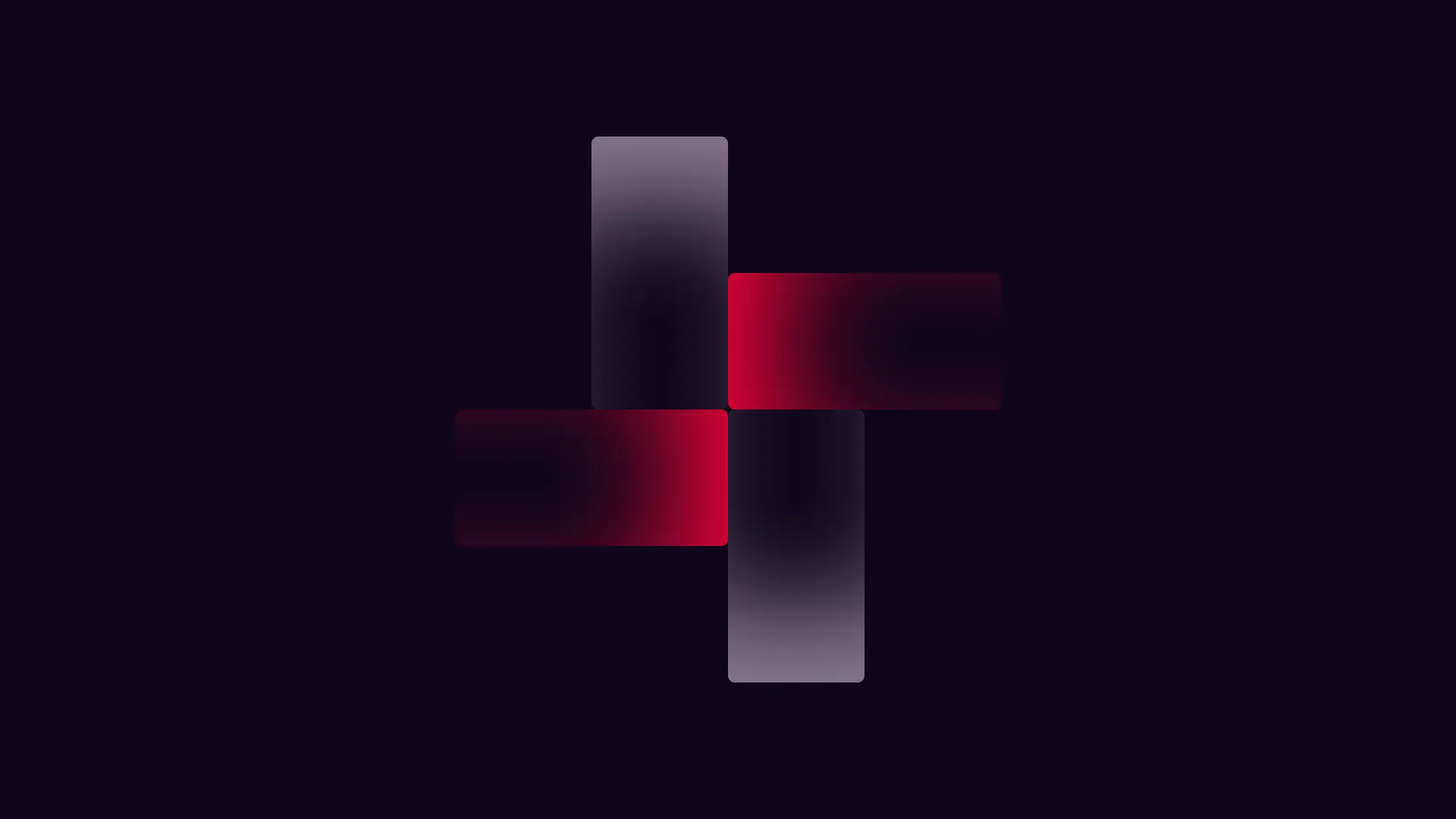
Organizations often underestimate their external-facing assets by as much as 30%, according to Forrester. This oversight significantly expands their attack surface, offering hackers more opportunities to exploit vulnerabilities. Understanding asset discovery is crucial for security teams looking to reduce exposure and fortify their defenses.
How Hackers Identify Targets
Hackers begin asset discovery by mapping out an organization's digital footprint. This typically involves identifying domain names and subdomains linked to the company. Organizations often operate under multiple brands, and each additional domain broadens the potential attack surface.
Techniques such as brute-force searches and OSINT (Open Source Intelligence) help uncover hidden assets. By leveraging publicly available information, hackers can identify gaps in an organization’s security posture before even launching an attack.
Key Sources for Asset Discovery
Several key resources assist hackers in their reconnaissance efforts:
- Search engines: Google and other aggregators index an organization’s digital footprint, making it easier to discover exposed assets.
- GitHub repositories: Public code repositories often contain sensitive information, such as API keys and infrastructure details, which aid attackers.
- Certificate Transparency logs: These records allow hackers to identify subdomains that organizations might not be actively monitoring.
- WHOIS databases: Registration details can reveal the structure and ownership of domains.
By piecing together information from multiple sources, hackers create a more complete picture of an organization’s digital landscape.
The Challenge: Finding vs. Exploiting Vulnerabilities
The difficulty of exploitation depends on an organization's maturity and awareness of its digital assets. Companies that lack visibility into their infrastructure often have outdated services or unpatched vulnerabilities, making them easy targets.
In contrast, security-conscious organizations force attackers to look for obscure assets or chain together multiple minor vulnerabilities to execute a successful breach. Understanding the location and security status of assets is a crucial first step in defense.
Assessing the Value of an Asset
Hackers prioritize targets based on various factors, including:
- Domain name relevance: Assets containing terms like "admin" or "dashboard" suggest higher-value targets.
- Hosting environment: Domains hosted on cloud platforms like AWS or Azure may indicate critical business functions.
- Geolocation: Domains tied to an organization’s home country or using private IDs may suggest dedicated infrastructure, increasing their potential importance.
By analyzing these parameters, hackers determine which assets to focus on for further reconnaissance and potential exploitation.
Emerging Trends in Asset Discovery
The cybersecurity landscape is constantly evolving, and hackers are leveraging new technologies to streamline asset discovery. One of the most significant shifts is the rise of AI-powered reconnaissance tools. Previously, analysts needed to manually input data to identify targets, but AI models can now autonomously generate attack vectors with minimal information.
These AI-driven tools can:
- Generate domain permutations to test for undiscovered assets.
- Automate reconnaissance tasks, reducing time spent on manual searches.
- Enhance phishing and social engineering campaigns by aggregating employee and organizational data.
While AI provides efficiency, it is not a replacement for human expertise. Attackers still need to validate the outputs and refine their approach based on real-world findings.
Industries Most Vulnerable to Asset Discovery
Certain industries face higher risks because of outdated infrastructure and a broad attack surface. Key sectors include:
- Energy & Utilities: Legacy systems and critical infrastructure exposure make them attractive targets.
- Manufacturing: Industrial control systems are often connected to the internet, increasing their vulnerability.
- Finance: Financial institutions are prime targets for threat actors due to the high value of transactions and sensitive customer data.
Organizations in these industries must be especially vigilant and take proactive steps to limit exposure and monitor external-facing assets continuously.
Best Practices for Securing Digital Assets
To protect against asset discovery and potential exploitation, organizations should:
- Minimize external exposure: Keep non-essential services internal and accessible only through VPNs or private networks.
- Monitor attack surfaces: Continuously track exposed assets and mitigate risks in real-time.
- Secure port configurations: Ensure that services on open ports are not running on vulnerable and if it is an uncommon port, that it is monitored regularly.
By adopting these measures, organizations can significantly reduce their risk and stay ahead of evolving cyber threats.
Asset discovery is a fundamental aspect of cybersecurity. Organizations must proactively identify and secure their exposed digital assets to prevent exploitation. By understanding the techniques used by hackers and implementing best practices, security teams can strengthen their defenses and minimize the risk of cyberattacks. Platforms like Hadrian provide continuous monitoring and verification of exposed assets.
For more insights on asset discovery and attack surface management, explore our latest research and case studies.





